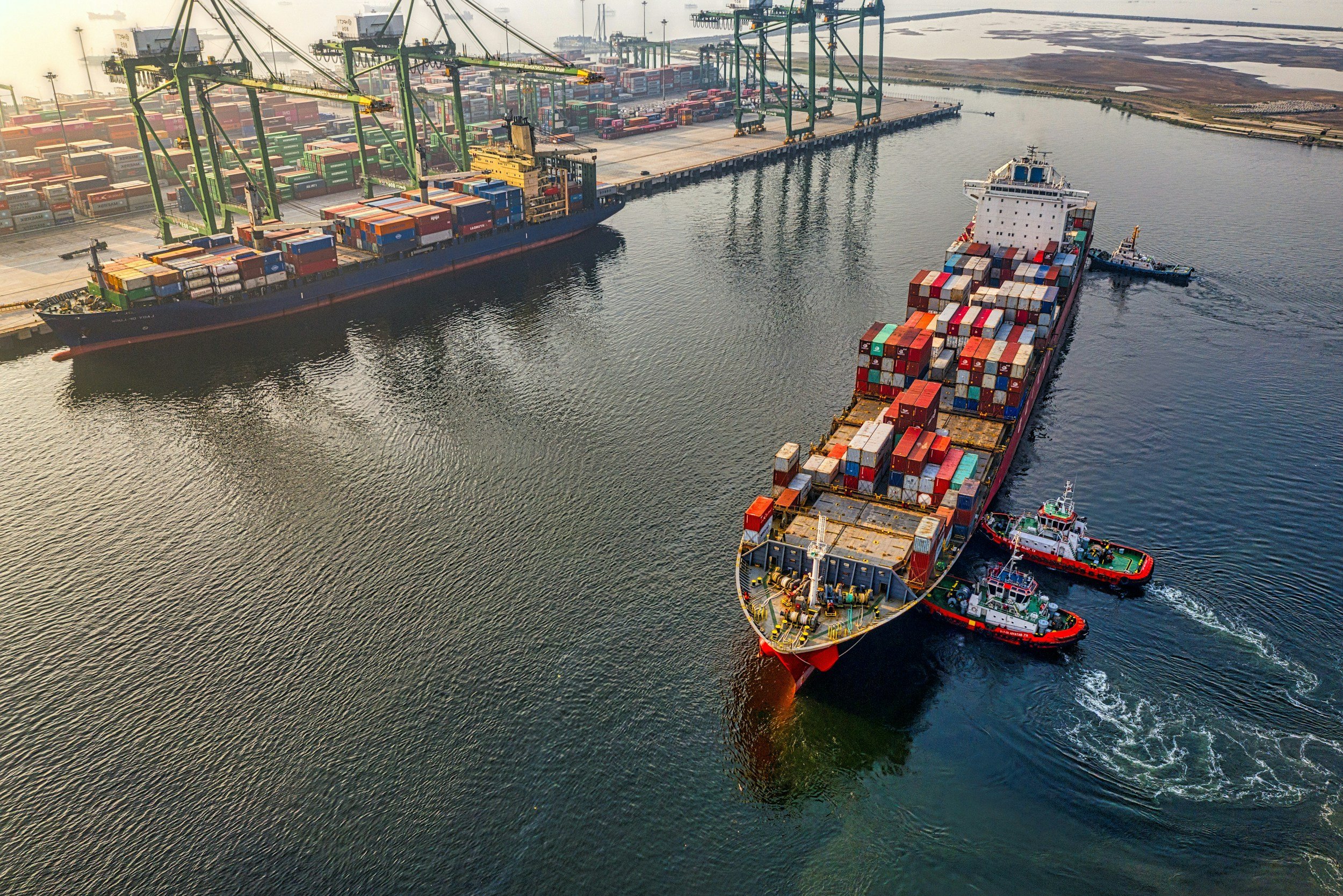The Escalating Red Sea Piracy Crisis in 2025 Significantly Disrupts Global Maritime Trade and Egypt’s Energy Economy, with Quantifiable Losses

Thesis: The Escalating Red Sea Piracy Crisis in 2025 Significantly Disrupts Global Maritime Trade and Egypt’s Energy Economy, with Quantifiable Losses Exceeding $20 Billion Annually Due to Reduced Suez Canal Traffic, Increased Shipping Costs, and Threatened Renewable Energy Infrastructure Development.Supporting Analysis with Numbers:
Suez Canal Traffic Decline and Economic Impact:
Data from recent maritime reports (e.g., Wikipedia and IMO updates) indicate a sharp decline in Suez Canal traffic from 2,068 ships in November 2023 to 877 by October 2024, a drop of approximately 57.6%. This reduction is directly attributed to Houthi piracy and attacks in the Red Sea.
Egypt’s energy trade, valued at $20 billion annually, is heavily reliant on the Suez Canal. The diversion of ships around the Cape of Good Hope—adding 4,733 nautical miles to the Rotterdam route (from 6,436 to 11,169 miles, per Reuters)—increases fuel costs by an estimated 30-40% per voyage, translating to an additional $1.5-$2 billion in annual shipping costs for energy shipments alone.
Piracy Incidents and Maritime Security Costs:
Since October 2023, over 60 vessel attacks have been recorded by March 2024, including high-profile incidents like the sinking of the Rubymar and the attack on the MV Sounion. This escalation has led to the deployment of Operation Prosperity Guardian, with the U.S. and allied navies incurring costs estimated at $1-2 billion annually for patrols and escorts.
Insurance premiums for ships transiting the Red Sea have surged by 200-300%, adding $50-100 million monthly to global shipping expenses, according to maritime industry analyses.
Threat to Egypt’s Renewable Energy Goals:
Egypt’s target of 42% renewable energy by 2035, supported by $3-4 billion in annual investments in wind and solar infrastructure (per trade.gov), depends on stable maritime imports of equipment. The 57.6% traffic drop disrupts this supply chain, potentially delaying projects by 6-12 months and increasing costs by 15-20%, or $450-800 million annually.
The Leonora Victory, a tanker critical for oil/chemical transport, exemplifies the vulnerability of these supply lines, with each diverted or delayed shipment costing an estimated $500,000-$1 million in lost trade value.
Conclusion:The quantifiable effects of Red Sea piracy in 2025—$20 billion in threatened energy trade, $1.5-$2 billion in extra shipping costs, $1-2 billion in security expenditures, $600-1,200 million in insurance hikes, and $450-800 million in renewable energy delays—underscore a mounting economic toll. This crisis not only jeopardizes Egypt’s economic stability but also disrupts global trade networks, necessitating urgent international intervention to mitigate losses and secure maritime routes.
